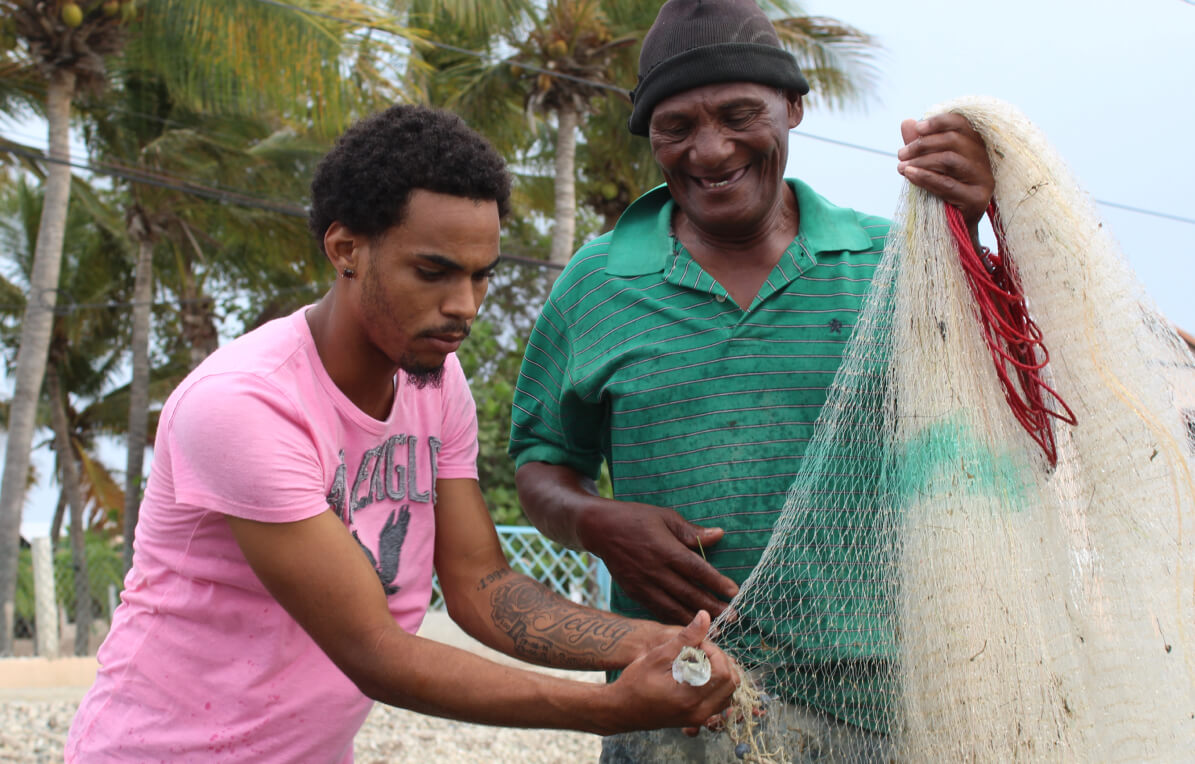For more than 72 years, “The Ark of the Covenant,” believed to shelter the 10 Commandments given to Moses, remained safe among the Zay people on the southern Ethiopian island of Tulu Gudo.
According to legend, the Zay earned their name, meaning “guardians,” in the 10th century when the Ark was hidden on the island to escape destruction during war in northern Ethiopia.
When the war ended around 900 A.D., the Ark was returned to the northern city of Axum, but a collection of silver crosses, bronze platters, and manuscripts remained behind on the island. Since then, these relics have been kept in a decaying box inside the crumbling Maryam Tsion Monastery.
Until now. Three years ago—1160 years after the relics were first left on the island—the Zay community of about 900 members asked for help to preserve and protect these ancient treasures. They also hoped to do more to share the artifacts with the world.
Counterpart International, working in partnership with several international and local organizations, helped to build a museum on the island that now cares for and displays these unique artifacts to visitors. Counterpart also provided training to museum staff as part of a program to improve the economic well-being of the communities in southern Ethiopia.
“Counterpart has done many things for our community, improving our lives and helping us generate income,” said Meseret Edeo, chairperson of the Tulu Gudo Handicraft Association. “But this is the most important. The museum is special because it protects our identity, our reason for being here. Our ancestors carried the Ark all the way from the north, on foot. Their determination then, is our strength, today. Before the museum, we worried we wouldn’t be able to pass on this tradition and spiritual bond to our children, because the relics were close to ruin. Now, we’re preserving our culture and our heritage and have been trained to use it as a means to improve our livelihoods.”
Since the museum opened it has attracted more than 600 tourists, students, and pilgrims from around Ethiopia and abroad, earning the community more than 35,000 Ethiopian birr. This is a 40 percent jump in tourism from last year.
An additional 41,498 Ethiopian birr has also been earned through nearby tourist sites and services, such as hiking and wildlife tours, boating and fishing trips, and basket-weaving lessons. It is expected that the museum will bring more than 4,000 people to Tulu Gudo within the year, continuing to improve the economic well-being of the community.
Counterpart’s Ethiopian Sustainable Tourism Alliance program helped more than 4,000 Ethiopians develop ecotourism and handicraft industries in their communities. The Tulu Gudo Maryam Tsion Museum was built with support from Counterpart, the Ethiopian Wildlife and Natural History Society, and the International Orthodox Christian Charities, and the design was donated by local architect, Fasil Giorgis. The project was funded by the Royal Netherlands Embassy and the Christensen Fund.
To learn how you can visit Tulu Gudo, check out http://rootsofethiopia.com.


